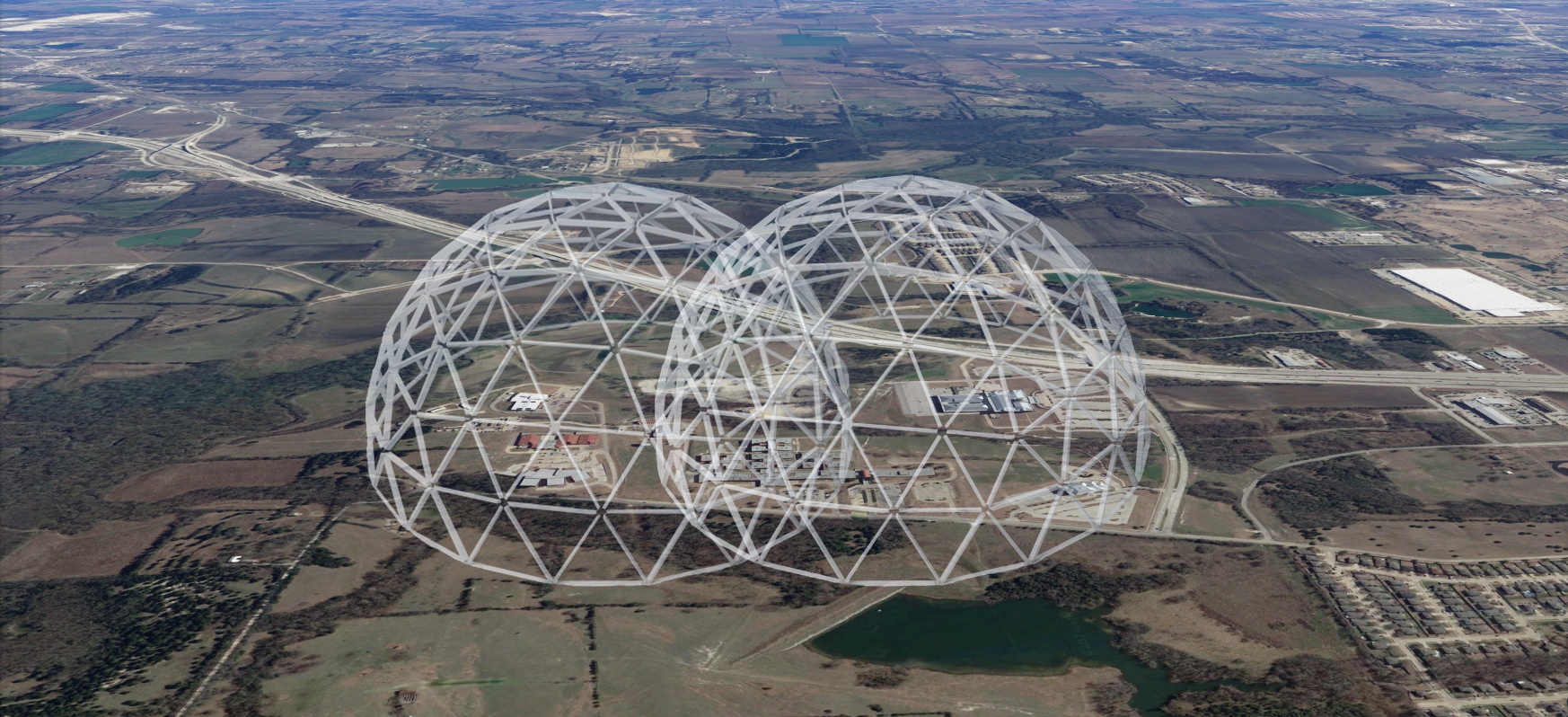Today’s rapidly evolving technology means that corporations are more vulnerable than ever before. The FAA notes that 2.5 million drones were purchased in the U.S. in 2016, and they expect this figure to reach 7 million by 2020. Sabotage and disruption via drone can come through the company’s computer system or directly through the sky outside a locked building. Industrial espionage, system disruption and even physical destruction can all be carried out remotely, breaching boundaries that are still undefended. Sophisticated cameras can capture images at a great distance, while temporary wifi networks on a hovering drone can hack into enterprise data.
Corporate Spying in the Digital Age
Even in the cyber age, some industry intelligence is still visible if the viewer has the right vantage point. White boards often display closely-held information such as proprietary formulas and financial figures, and locked doors provide no protection if the board is visible through nearby windows. Drones with powerful zoom lenses can hover outside buildings, escaping notice while they gather and record vital images. Micro aerial devices the size of dragonflies are already being deployed for military purposes, and private cyber criminals will rapidly follow suit.
Cyber Intrusion Danger is Increasing
Drones carry more and more potential to do damage, as hardware becomes miniaturized and remote devices become more sophisticated. Stalker drones can easily track a wifi connection, RFID or Bluetooth signal, collecting data even as the source moves physically through the world. Drones can interrupt virtually any networked operation, causing malfunctions, data breaches and server failures. Companies that don’t keep their customers’ financial and personal information safe may end up liable, to the tune of millions of dollars. It doesn’t take too many repetitions of such breaches before a brand loses credibility in the eyes of its customers.
Direct Physical Threats
While corporations are typically more focused on protecting sensitive information, it’s worth considering that drones can also present a direct physical threat. Weaponizing drones is not difficult as they develop the ability to carry heavier payloads, and critical infrastructure industries may become terrorist targets.
Develop an IP Protection Strategy
The airspace around your building has become a sensitive area, and your corporate risk management solution may need a new “airspace security” section added to it. Intellectual property protection must include an awareness of this new vulnerability, and data center standards require agility in the face of evolving threats. Your staff should be trained in FAA rules and regulations, but taking proactive steps is always the best approach. Now you can make the first move, deploying an airspace detection system to protect yourself and your company from this growing threat.











